Wilson Audio announced the Alexandria XLF floor standing loudspeakers positioned above the existing Alexandria X-2 Series 2, which will continue in production.
The XLF designation refers to Wilson's new bass management system. This simple system will allow users to optimize bass quality and extension to match the characteristics of the sound room. Since the system is completely passive, it avoids the sonic pitfalls endemic to all active bass management systems.
While instantly recognizable as an Alexandria, the XLF loudspeaker has undergone a major cosmetic revision. Additionally, using Wilson's latest cabinet-analysis tools, Wilson's engineers lowered the already vanishingly low resonant contribution of the enclosure using the latest composite materials, including S-material.
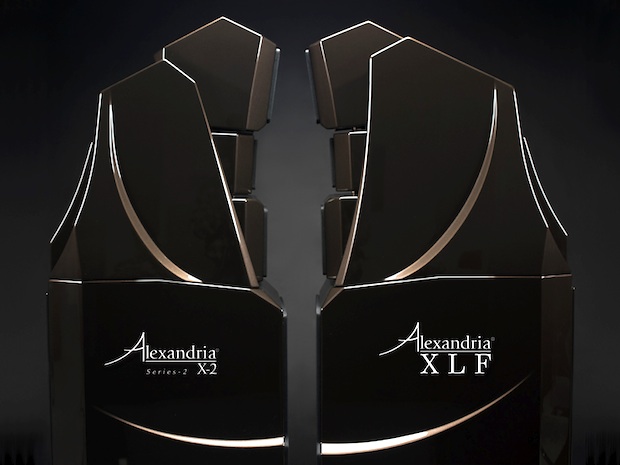
Dave Wilson believes…
“…in the end result. He has spent a lifetime refining the art and science of the empirical approach. Dave knows that engineers and technicians are often seduced by exotic high-tech elements, which they eventually incorporate into their new products. However, the technical veracity of any given part, no matter how it appears on paper, is only as good as the experience it produces. For Dave, the experience is everything.”
Introducing Alexandria XLF
Alexandria XLF joins the Alexandria family, not as a replacement for the Series 2, but as its even more ambitious sibling. The new XLF clearly resembles the original Alexandria's form factor, but its architecture has evolved to support new technology. It is physically larger, with 14% greater bass volume. The bass enclosure's cabinet walls are thicker for even greater resonance control. XLF refers to the new Alexandria's Cross Load Firing port, a unique passive bass management system. Wilson developed a new tweeter for the XLF. The midrange baffle is constructed from Wilson's proprietary S-material. A new crossover and a host of parts–each included as a result of exhaustive experimentation and punctilious listening trials. The Alexandria XLF starts from the lofty foundation of musicality and resolution established by the Alexandria Series 2, and improves upon its predecessor's performance in every musical parameter: greater dynamic contrast, better harmonic expression, improved and more consistently implementable bass performance, and increased linearity.
Cross Load Firing port system (XLF)
The Alexandria XLF features Dave Wilson's latest loudspeaker invention: the Cross Load Firing port (XLF) system. Dave recognizes that his speakers are often installed in less-than-perfect environments. But as an idealist, he is concerned about how his loudspeakers perform in the real world. His idealism in this area has been the motivating force behind many of his inventions, such as adjustable propagation delay, the primary purpose of which is to optimize, via precise, prescribed adjustment, the performance of his loudspeakers in actual residential environments.
Perhaps the characteristic that most obviously changes from room to room is bass performance. Certain listening rooms, such as those with a large number of windows, are sometimes overly lean in the bass. Others don't have enough structural ventilation in the bass, resulting in a tonal balance that is bass-heavy. The negative sonic impact of these less-than-ideal rooms is often exacerbated by the audiophile propensity to place listening chairs at or near the center of the room.
The Alexandria has always been a loudspeaker with extended and linear bass performance. But now in the XLF version, the location of the port can be optimized for the room. Wilson's Cross Load Firing port is a simple system that allows the Alexandria XLF to be more consistently optimized in the area of bass performance and extension by matching the port location to the characteristics of the sound room. Since the system is completely passive, it avoids the sonic pitfalls symptomatic to all active bass management systems.
The Cross Load Firing port System on the Alexandria allows the installer to choose either a front-firing or rear-firing bass port configuration. The choice depends on room characteristics, with lean rooms favoring the rear port, and heavy rooms the front port. The default configuration of the Alexandria XLF is with the bass port installed in the rear. In rooms where a front-firing port is preferable, it is a simple matter of removing the brushed aluminum cover plate and port plug from the front, reinstalling these elements in the rear port, and in turn installing the low-turbulence port hardware on the front of the bass cabinet.
New Architecture
Dave Wilson is the inventor of several once-patented technologies, including adjustable propagation delay and modular construction. In his earliest designs, Dave pioneered the use of proprietary composite materials in his quest to reduce enclosure resonances. The combination of all these technological factors has always dictated how Wilson loudspeakers look. The convergence of authentic technology and aesthetic ideals has produced Wilson Audio's most iconic shapes. The idealism of Dave's approach defines Wilson's design culture. The new architecture of Alexandria XLF is but the latest iteration of that philosophy.
The Cross Load Firing port system (XLF) dictated a larger bass enclosure. It is 14% larger than the Series 2. This enabled the engineers to carefully shape the XLF's bass response for an even more linear and room-friendly response. Using the latest analysis technology, Wilson's mechanical engineers reworked the woofer cabinet, thickening the enclosure walls and redesigning the internal bracing geometry. Cabinet contribution in the bass region was extremely low in the Series 2 Alexandria. The Alexandria XLF is even more inert.
Alexandria's “wing” structure, which supports the midrange and tweeter modules in the upper array, is critical to the design for several reasons: It provides the infrastructure that facilitates the precise aspherical alignment of the upper modules; and it provides a low-resonance and extremely rigid platform from which the upper modules launch the midrange and high-frequency waveforms. In the Alexandria XLF, the wing is thicker and more substantial than the Series 2's. It is built entirely of cross- braced X-material, Wilson's extremely rigid and well-damped composite. The new wing provides an extremely inert platform for the upper three modules.
Finally, the signature Alexandria curves, a metaphor for time-aligned wavelength progression, have been enhanced to greater effect. Alexandria's visual presence is at once more substantial and organic.
S-Material Midrange Baffle
First introduced in Wilson's venerable WATT/Puppy replacement, the Sasha W/P, S-material is a wonder of midrange beauty and low-resonance. In combination with X-material, S-material reduces measurable and audible noise and coloration in the midrange. This achievement is all the more remarkable given that Wilson's proprietary M4 material, first used in the Series 2 Alexandria, established the previous benchmark for midrange performance.
Convergent Synergy Tweeter
The magic of Wilson's midrange driver is in no small part due to its ability to cover almost the entire mid-band without interruption of the crossover, including in the male vocal region. This always meant that the driver would be large, and therefore limited in its upper frequency range. Wilson's existing inverted titanium dome tweeter has long proved a successful and coherent match to Wilson's remarkable midrange driver. During its decade-long development, the current Wilson tweeter has evolved such that it uniquely excels in the areas of low distortion, resolution of micro and macro dynamics, and harmonic expression. Wilson's current tweeter was developed to play down to the one kilohertz region with low distortion and high power handling ability. Dave has been willing to trade ultra-wide bandwidth for these more musically important characteristics.
Dave and the engineers have tested a very wide spectrum of tweeters utilizing domes made from diamond, beryllium, and ceramic. Many of these exhibit flat frequency response, and are extended into the octaves above the audible bandwidth. But none matched the dynamic contrast and harmonic expression of Wilson's current titanium design. And all have been unable to perform adequately with our midrange driver given its unique demands.
Three years ago, Dave began a renewed quest for an improved tweeter that culminated in a proprietary Wilson design for the Alexandria. The result is the Wilson Convergent Synergy Tweeter. The new Wilson tweeter rejects exotic materials in favor of a new silk dome design that better meets all of Dave's musical design goals.
The Convergent Synergy tweeter is a proprietary, Wilson-designed driver. With the Convergent Synergy driver, Dave's design requirement of ultra of low distortion and very robust power handling down in the lower part of its range are beautifully met. These qualities converge with a much a higher resonant frequency and flatter frequency response. The new tweeter is extremely linear. It crosses over synergistically to Wilson's midrange driver. It has exemplary off-axis dispersion characteristics in both the frequency and time domains. The noise floor is lower. Because it has somewhat lower moving mass, its response extends to beyond 37 kHz.
But most importantly, it is musically compelling. This is especially evident in its ability to resolve low level resolution and harmonic textures effortlessly, with no audible ringing or other distracting colorations. It is the Alexandria XLF midrange's perfect companion.
Price and Availability
The Wilson Audio Alexandria XLF will be available early mid-January 2012 for $195,000.00 (U.S). Orders are being accepted on a first-come, first-served basis.



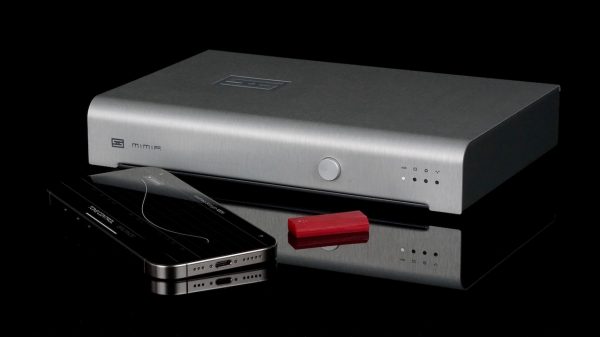

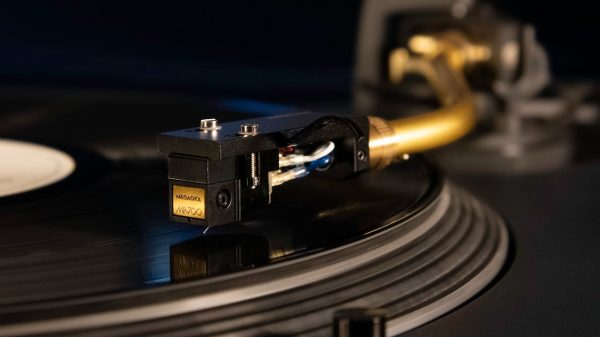



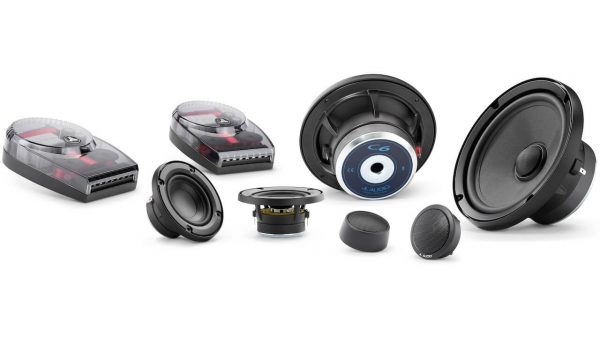

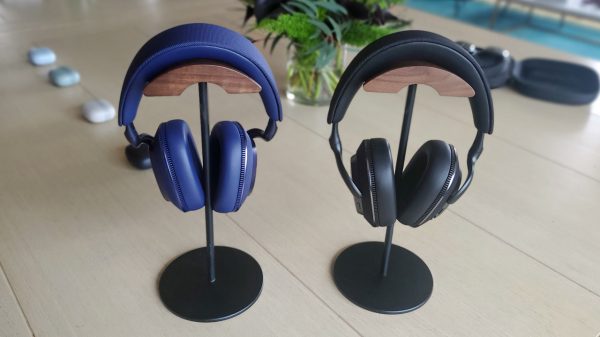





















M635csi
June 28, 2012 at 2:56 pm
“Dynamic contrast”? “Harmonic Expression”? Technobabble? Marketinglish?